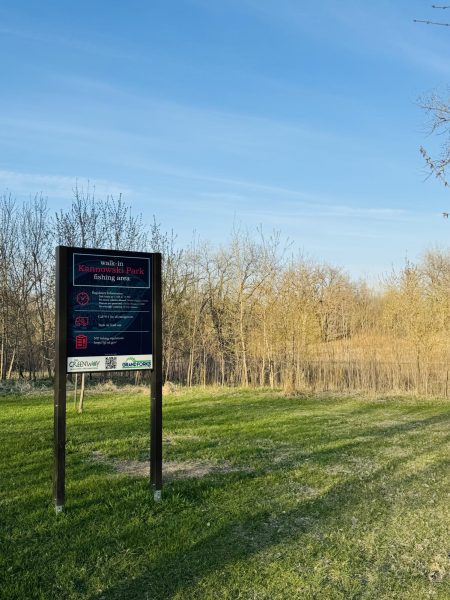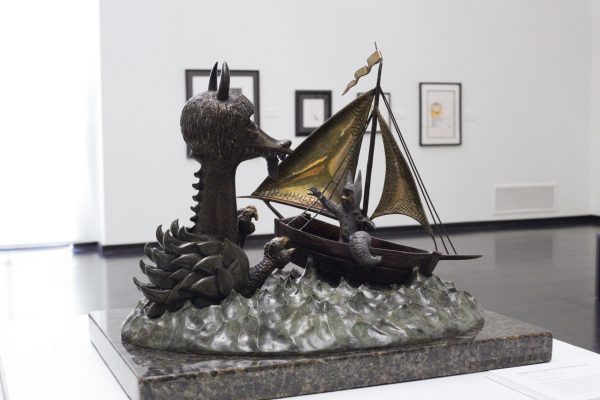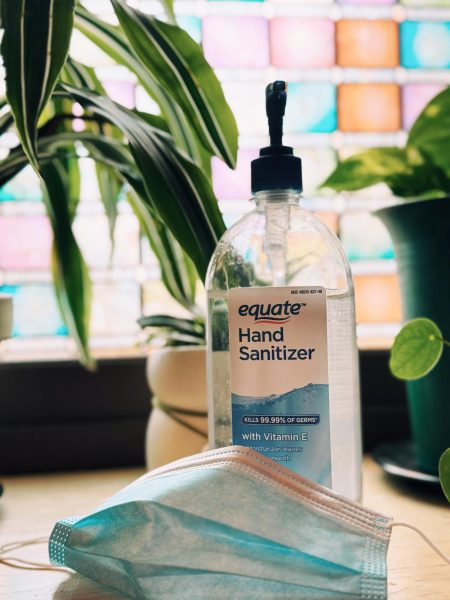Truth and Reconcilation #5
January 31, 2017
Dakota Access Pipeline escalating risk for the sake of greed
Throughout this series we examine the numerous abuses committed against the Native American people in both the past and the present. From the Doctrine of Discovery to stereotyping, we delve further into the racism and genocide that mars the history of our country and continues to negatively impact how Native Americans are perceived today. We have told many painful truths in hopes of promoting understanding and we hope this understanding continues as we move to the next article in our series.
“Mni wiconi.” Water is life.
This is the rallying cry of the men and women protesting the Dakota Access Pipeline (DAPL) which would bring up to 570,000 barrels of crude oil from North Dakota to Illinois daily if completed. Since April 2015, a steady stream of DAPL opponents have arrived at camps north of the Standing Rock Reservation. Without funding for lobbyists or expensive lawyers, these brave men and women have fought back against the DAPL the only way that they can — civil disobedience and peaceful protest.
Currently numbering over several thousand and with representation from over 300 Native tribes and people all over the world, the opponents of the DAPL are concerned about the safety of the pipeline, which will cross Lake Oahe just a half of a mile from the Standing Rock Reservation. A spill from the pipe could affect the water supply of over 18 million people, including the drinking water of the Standing Rock Reservation.
The crisis in Flint, Michigan has taught us safe water in the United States is no longer a guarantee and the DAPL has the potential to endanger the health of millions if it leaks, which is a very real possibility.
According to the Pipeline and Hazardous Materials Safety Administration, there have been over 3,300 incidents of pipeline leaks and ruptures since 2010. Even the smallest leak could contaminate the tribe’s water supply and wreak havoc on local wildlife.
As Deepwater Horizon, Exxon Valdez, Eagle Otome and other oil spills have shown, there is no way to completely assure the safety of drilling for and transporting oil. There will always be a risk of disaster and the DAPL could be a 570,000 barrel-per-day disaster if allowed to proceed. Ironically, concerns about water contamination caused the pipeline to be moved from northeast of Bismarck to its current location, which raises the question of why one population should be protected from water contamination, but not the other.
In addition to concerns about water, activists point out the resources would be better spent developing renewable energy. Whether or not you believe in climate change, no one can deny our supply of renewable energy is limited. According to BP, we have enough recoverable crude oil in the world to last about 53 years at the current rate of use, so it’s imperative we begin investing in renewable energy sources, not pipelines that will become obsolete within our lifetimes.
Overshadowing all of the environmental issues is the fact the pipeline will cross Native American sacred lands. While none of this land is owned by the current Standing Rock Reservation, the 1851 Fort Laramie treaty granted the land, including the Missouri River, to the Lakota people, but shortly afterward the U.S. government violated the treaty and forced the Lakota people to an even smaller patch of land. This continued the long tradition of the United States government violating treaties with Native people.
On the lands given to them in the 1851 treaty, Native Americans buried their most esteemed fallen warriors, making the land similar in prestige to the Arlington Cemetery. The land is also used for sacred Sun Dance ceremonies where Plains Native Americans gathered to pray and conduct their most important ritual of the year.
The pipeline cuts through these sites, which hold the same value to the Native Americans as any church or place of worship, and desecrates the burial sites of their ancestors. Contractors have already reportedly destroyed one archeological site and protesters worry that there may be more to come.
Proponents of the pipeline claim that Native American tribal officials refused to meet with the Army Corp of Engineers to outline areas of cultural significance and prevent the destruction of artifacts. But even if that was the case, it is difficult to blame the Native Americans for not wanting to meet with the U.S. government considering the multitude of broken treaties, genocide and cultural extermination which continue to affect relations today.
It is difficult not to admire that, despite centuries of oppression, Native people refuse to be silent and continue to fight courageously against threats to their home, community and way of life. The DAPL endangers not only their water supply and the environment as a whole, but also the religious sites that define their heritage. Despite these threats, construction has continued on the pipeline and the Native concerns have been generally disregarded.
We can’t begin to reconcile with the Native people until we stop waging war against them and begin listening to their concerns.
On Dec. 4 the Army Corp of Engineers announced that it would not issue the required easement for the present location. However, it is clear that an alternative route will be considered. Although it was a great victory for the water protectors, it is likely only one step in a long battle for the protection of our waters. The black snake is still alive.











